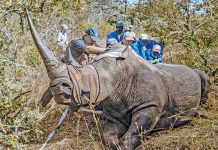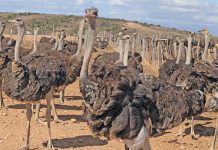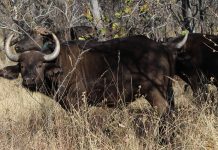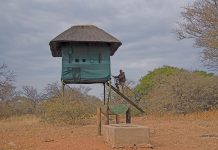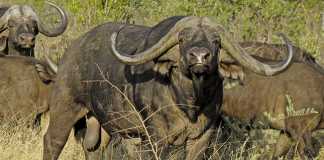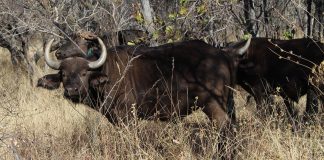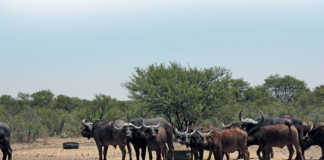In recent years, more and more farmers struggling to stay profitable have turned to game farming, and the number of wildlife ranches has mushroomed. According to wildlife management authority and author Ron Thomson, there are approximately 10 000 registered private game ranchers in South Africa managing more than 20 million hectares of land.
The following are some of the factors that influence the value of a game ranch:
Classification
Game ranches vary in function, and may include:
- Those used for hunting, breeding and live sales;
- Those used solely for breeding purposes, including small farms where exotic game are bred in captivity. These are not considered proper game farms because the animals do not live under natural conditions;
- Ranches with or without lodges that are used for conservation and ecotourism;
- Combinations of the above, including farms and reserves where fences separating them from national or provincial parks have been removed.
Location and access
Buyers and investors from outside the agriculture sector, often driven by non-economic motives such as sentiment or business entertainment, have driven up the values of game ranches within a two- hour radius of metropoles. The following are important value-adding factors:
- Good quality access roads that can accommodate standard passenger vehicles;
- Internal roads, including firebreak roads, game-viewing roads and walkways for game retrieval, that are in good condition;
- Access by air via a nearby airport or a landing strip on the farm.
- A right-of-way servitude over a game farm negatively affects the market value.
Shape, layout and size
The optimal shape for a game ranch is a square, as this enables the optimal utilisation of game. This type of ranch usually has greater value than one that is narrow or has acute corners.
The value is also influenced by the layout; for example, workers’ houses, sheds and similar buildings should remain unseen, away from major internal roads.
Small farms tend to fetch higher prices per hectare than larger farms, and generally focus on different markets. The average game ranch size is roughly 2 100ha (Falkena, 2000).
Natural resources
Veld, water and climate influence a farm’s suitability as a game ranch. Veld diversity is influenced by soil, climate and topography, and thus determines the diversity of naturally occurring wildlife. Natural water sources such as rivers, dams and fountains are always beneficial, and mean that fewer artificial water points are necessary.
Fencing
When the natural movement of game is restricted, a certificate of adequate enclosure is required. This stipulates the type of fencing required, and which game can be kept. To keep game confined out of their natural environment requires a specific permit.
Because the type of fence determines the game species that can be kept, it influences the farm’s value per hectare.
Farm shape and topography also affect the cost of fencing, and hence the farm’s value. While it may cost more to erect fencing around an odd-shaped farm than a square one, the value per hectare of the former is normally lower than that of the latter.
Other improvements
Buildings and other improvements are valued the same way as on any farm:
Class A: These include dwellings and sheds, and are valued separately from the land at depreciated replacement cost.
Class B: Fencing, roads, water reticulation and similar structures, valued as part of the land.
Class S: Specialised improvements such as bomas and lions’ dens are valued separately from the land.
Source: Farm Valuations in Practice (Pienaar, 2013).

